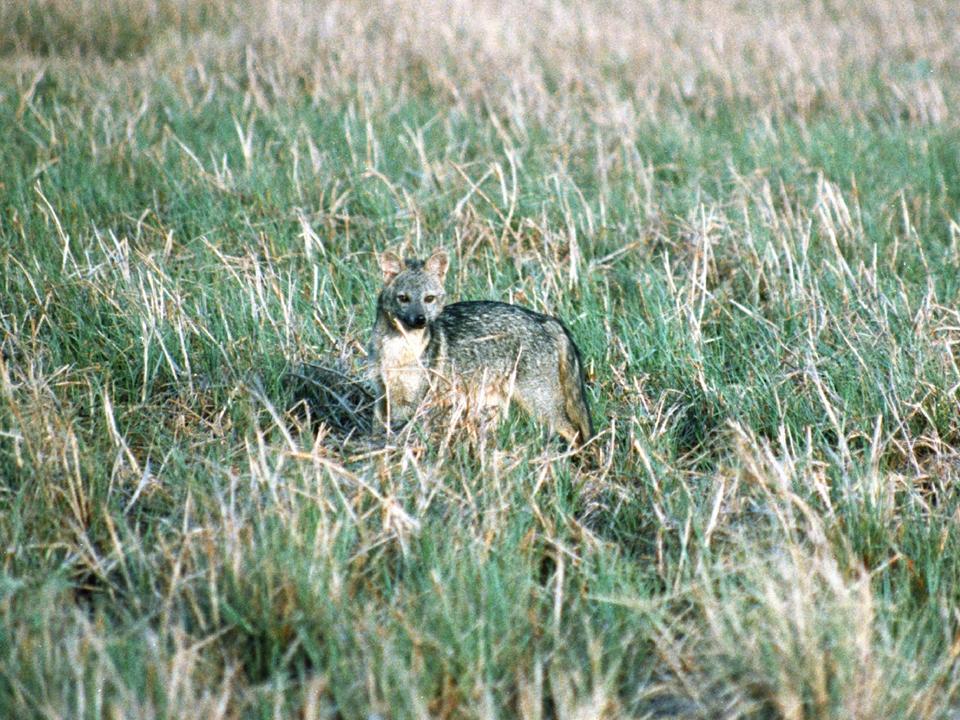
|
|
FIGURE 1
|
|
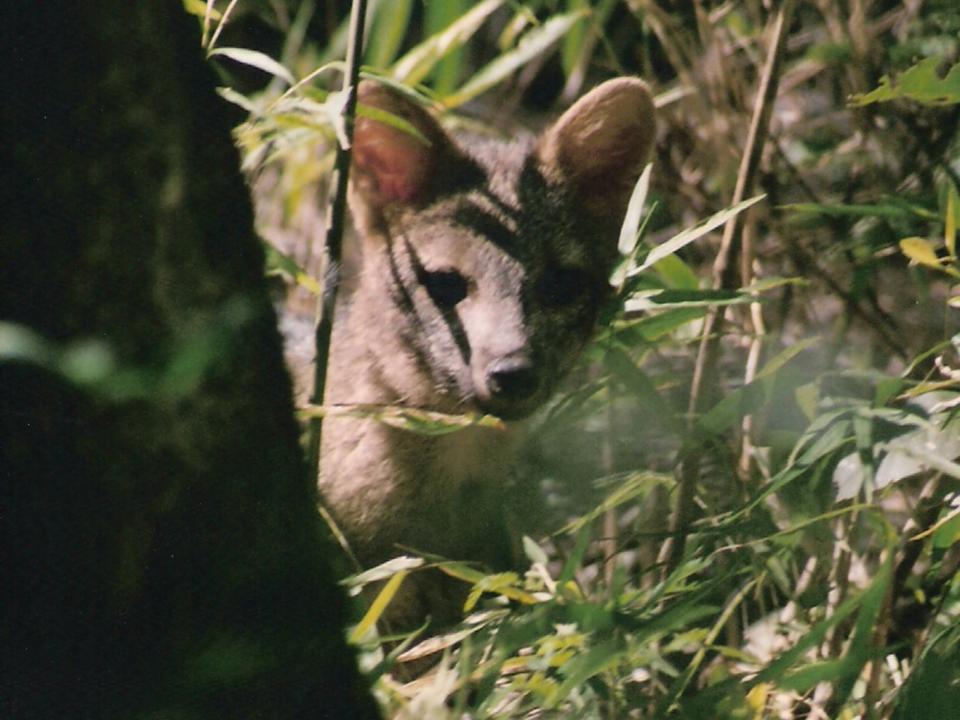
|
|
FIGURE 2
|
|
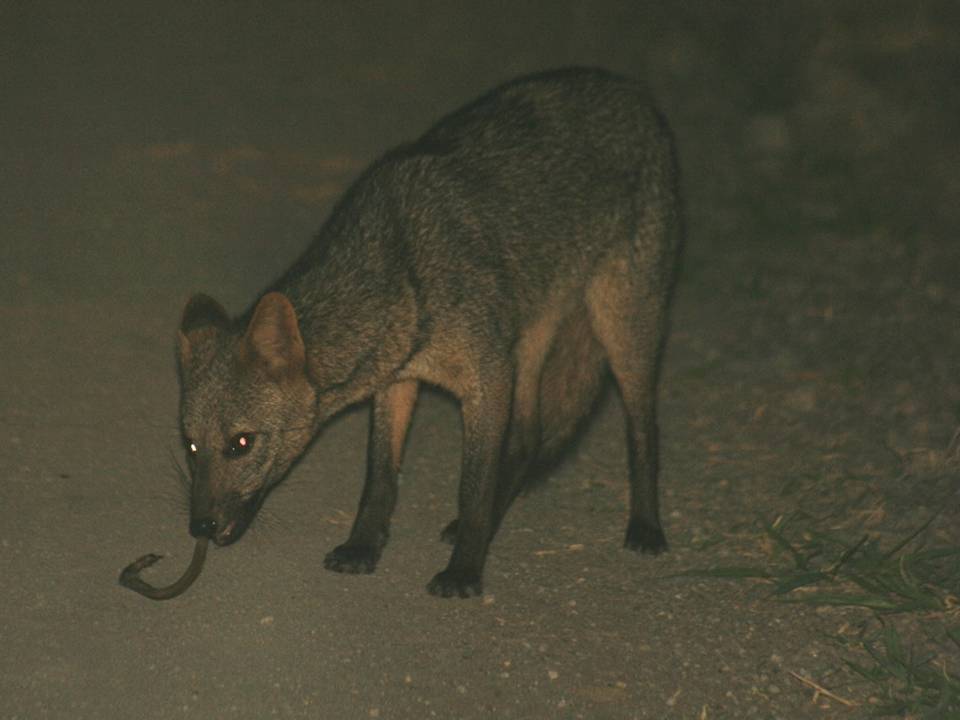
|
|
FIGURE 3
|
|
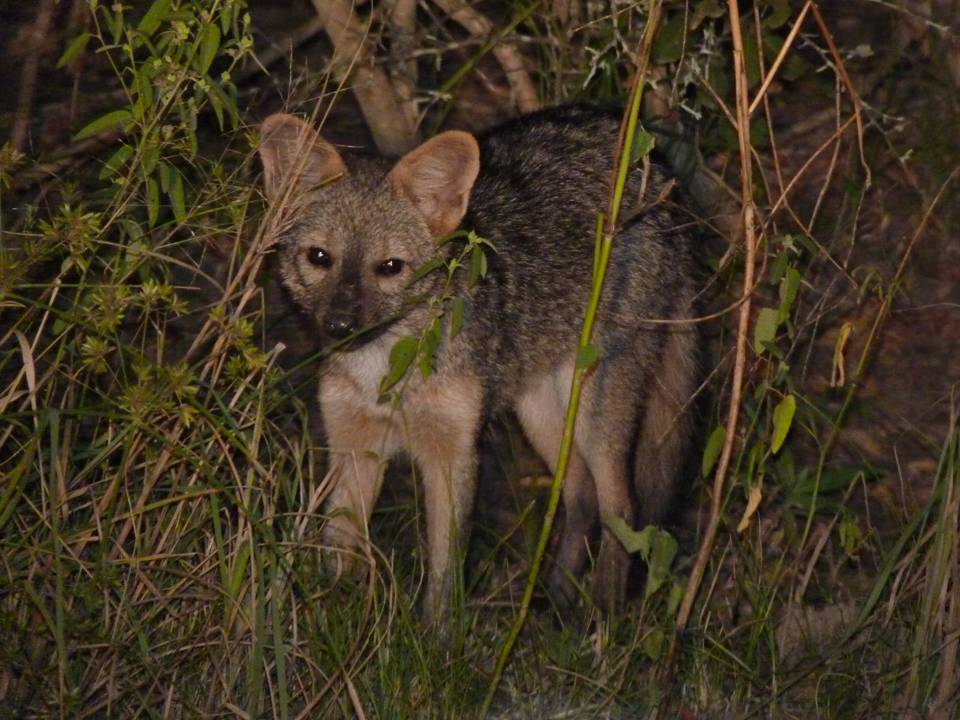
|
|
FIGURE 4
|
|
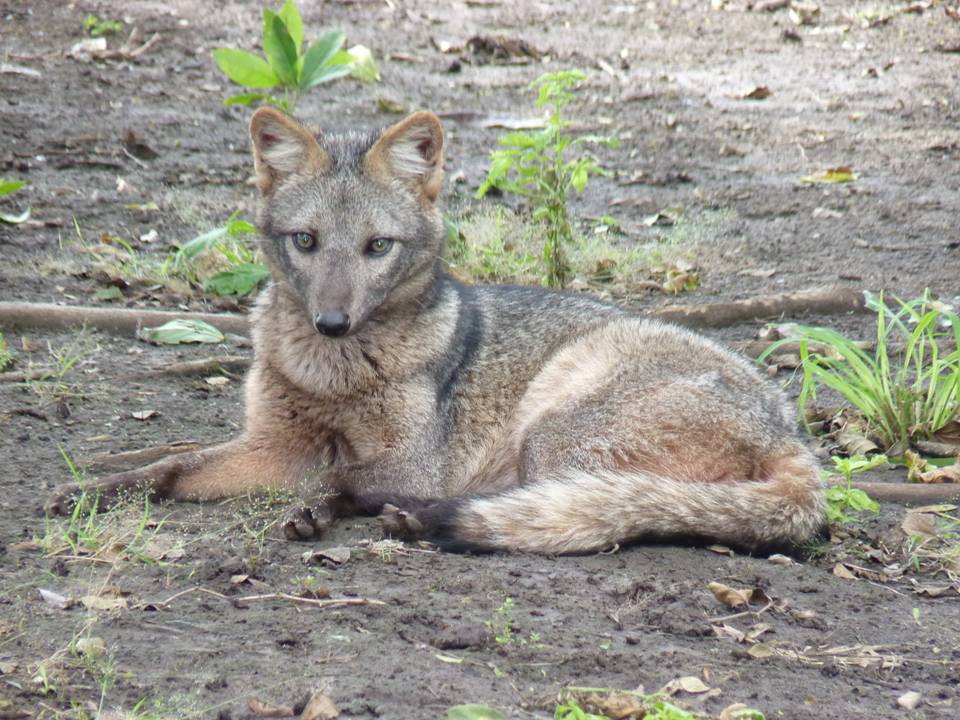
|
|
FIGURE 5
|
|
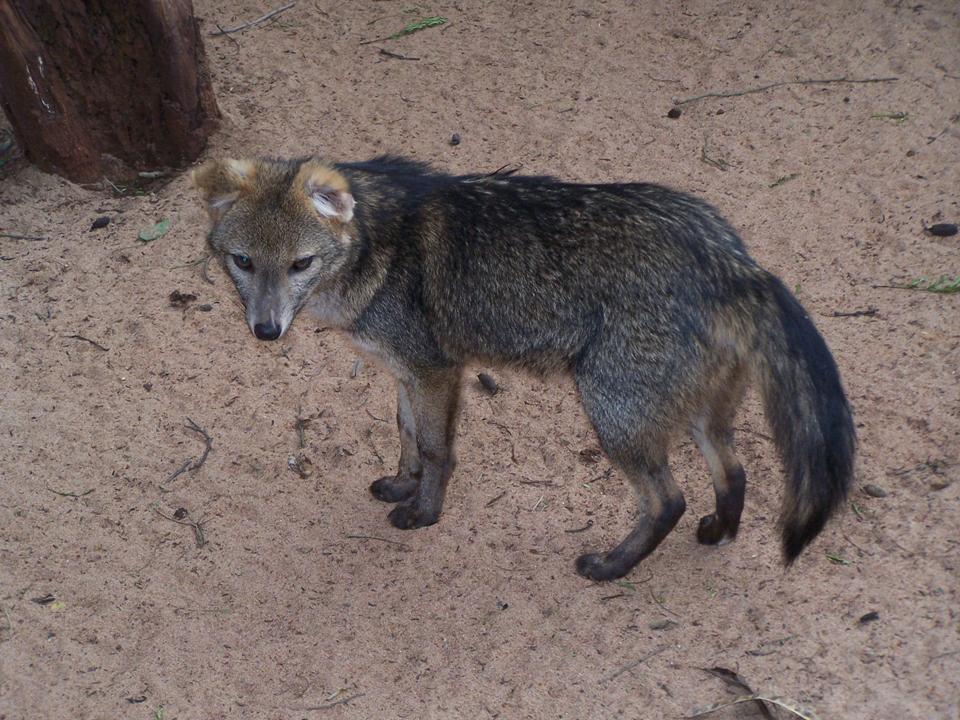
|
|
FIGURE 6
|
|
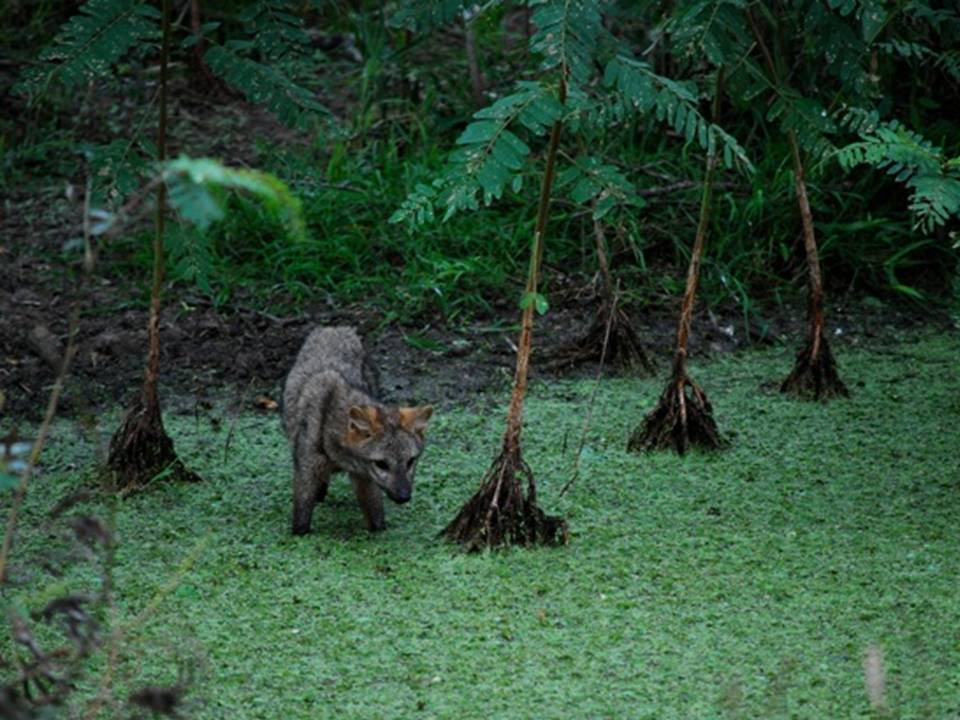
|
|
FIGURE 7
|
|
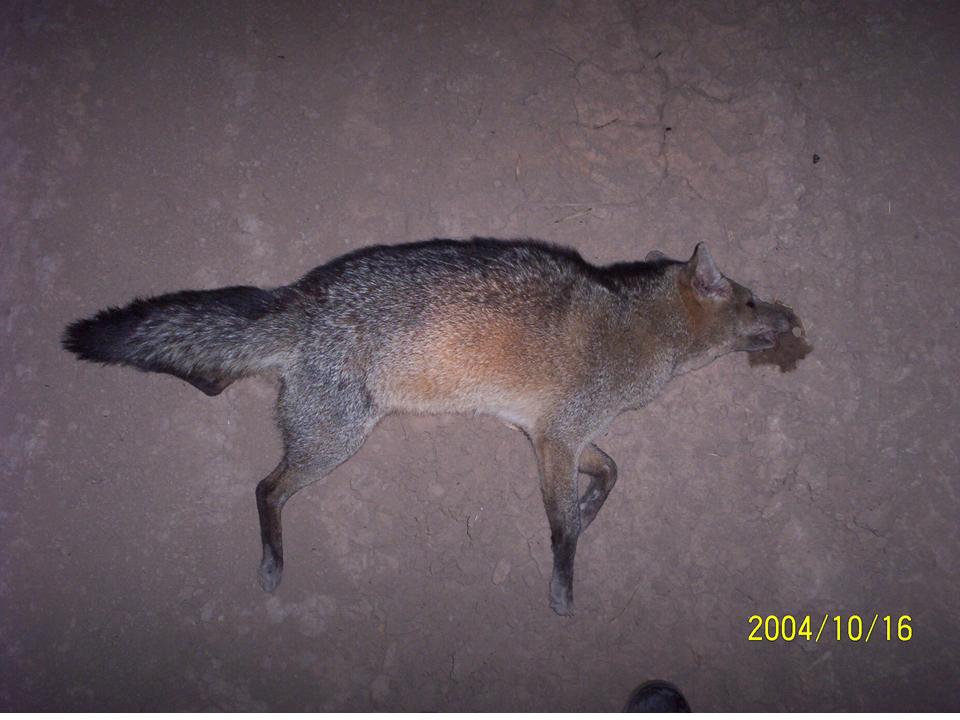
|
|
FIGURE 8
|
|
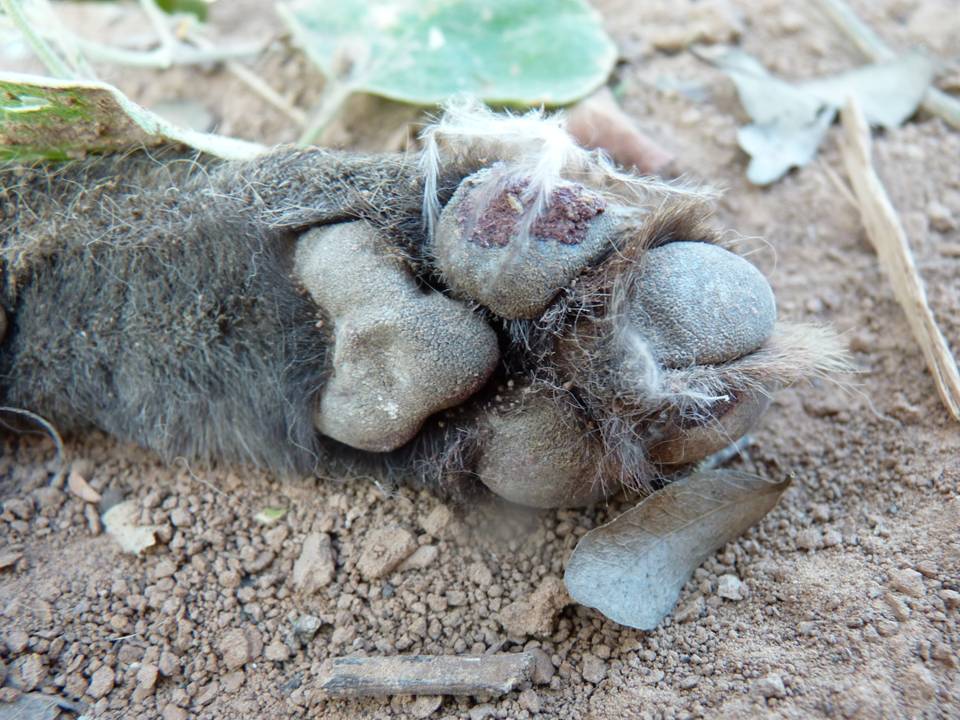
|
|
FIGURE 9
|
|
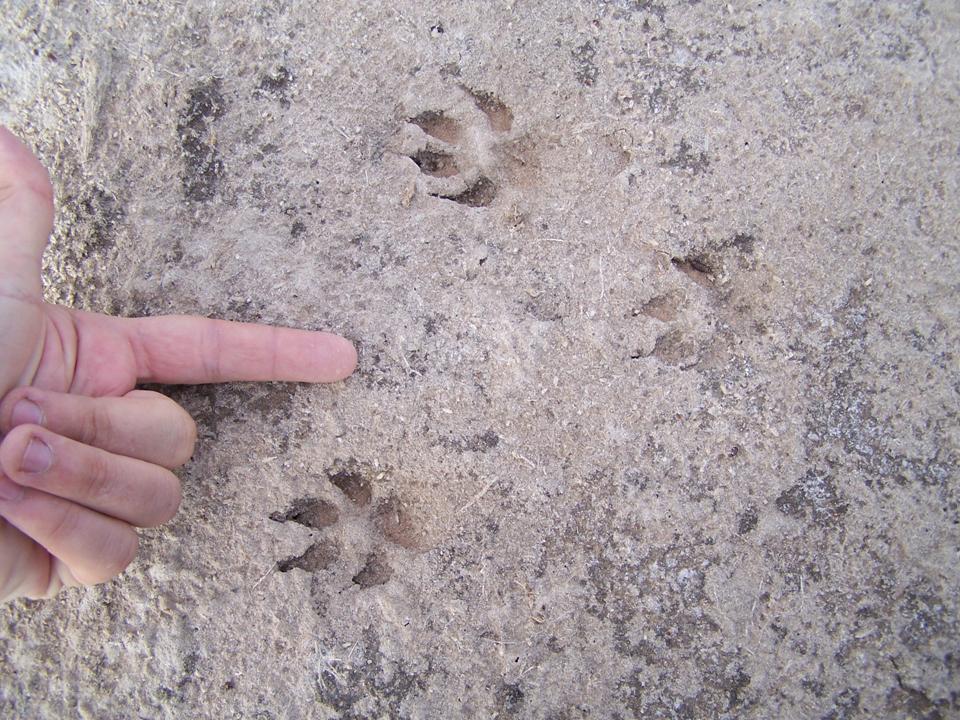
|
|
FIGURE 10
|
|
Designed by Paul Smith 2006. This website is copyrighted by law.
Material contained herewith may not be used without the prior written permission of FAUNA Paraguay.
Material on this page was provided by Paul Smith, Sergio Rios, Silvia Centrón, Ralphie Zotti, José Luis Cartes and Alberto Esquivel and is used with their permission.

CRAB-EATING FOX Cerdocyon thous
One of the mammals that you are most likely to come across in the Paraguayan night is the Crab-eating Fox. It is an adaptable, intelligent species found in almost any habitat. Crab-eating Foxes don´t just eat crabs, they are omnivores and will take anything from fruit and plant matter to carrion, as well as hunting for large insects and small mammals and birds. They are a social species, usually found in pairs or small groups. Their pelage varies considerably in colour, some individuals being wholly grey, whilst others have a distinct reddish tinge to the fur. The safest way to identify this species is by its combination of black feet and short snout.
Click on the images to enlarge them.
FIGURE 1 - (FPMAM382PH) Adult, location unknown (José Luis Cartes undated).
FIGURE 2 - (FPMAM383PH) Adult head detail, Mbaracayú Biosphere Reserve, Departamento Canindeyú (Alberto Esquivel undated).
FIGURE 3 - (FPMAM384PH) Adult, Bahía Negra, Departamento Alto Paraguay (Silvia Centrón September 2009).
FIGURE 4 - (FPMAM944PH) Adult, Madrejón, Departamento Boquerón (Paul Smith April 2011).
FIGURE 5 - (FPMAM1013PH) Adult, Tres Gigantes, Departamento Alto Paraguay (Paul Smith July 2011).
FIGURE 6 - (FPMAM385PH) Reddish individual, Zoologico Juan XXIII, Departamento Itapúa (Paul Smith June 2007).
FIGURE 7 - (FPMAM386PH) Adult, Estancia Aurora, Departamento Presidente Hayes (Ralphie Zotti undated).
FIGURE 8 - (FPMAM387PH) Reddish adult roadkill specimen from Central Chaco Lagoons Area (Paul Smith October 2004).
FIGURE 9 - (FPMAM1012PH) Hind foot of roadkill, Madrejón, Departamento Alto Paraguay (Paul Smith August 2011).
FIGURE 10 - (FPMAM390PH) Footprints Campo Maria Private Reserve, Cuenca Upper Yacaré Sur (Paul Smith July 2006).
VIDEO A - (FPMAM391VI) Juveniles, Bahía Negra, Departamento Alto Paraguay (Paul Smith September 2006).
VIDEO B - (FPMAM893VI) Adults, Mbaracayú Itaipú Reserve, Departamento Alto Paraná (Paul Smith September 2010).
VIDEO C - (FPMAM945VI) Same individual as (FPMAM944PH) (Paul Smith April 2011).
VIDEO D - (FPMAM1014VI) Adult, Tres Gigantes, Departamento Alto Paraguay (Paul Smith July 2011).
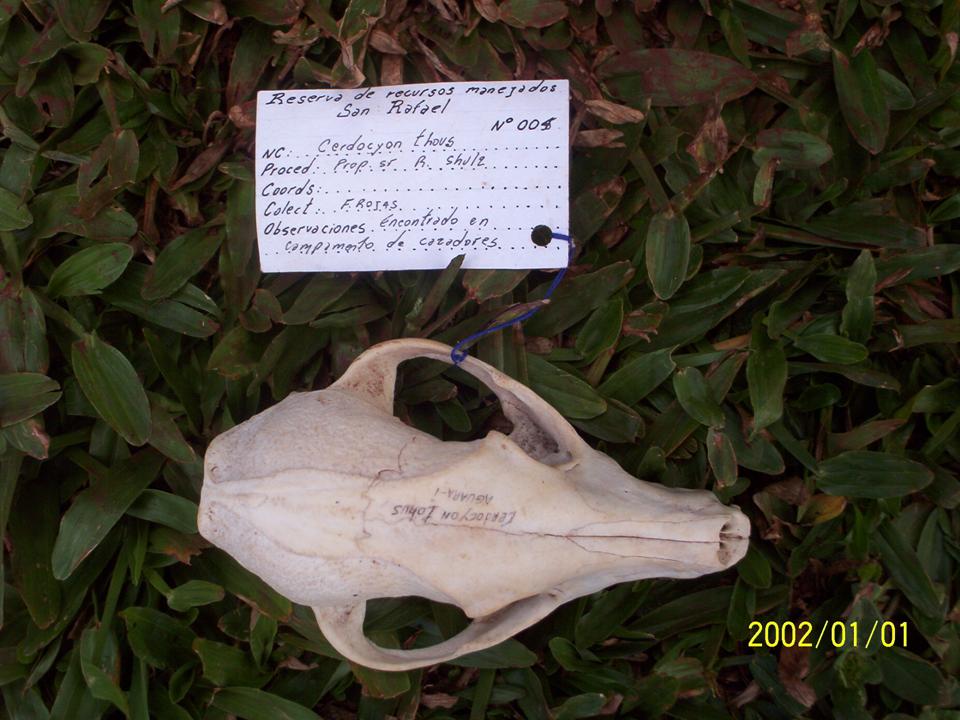
|
|
DORSAL
|
|
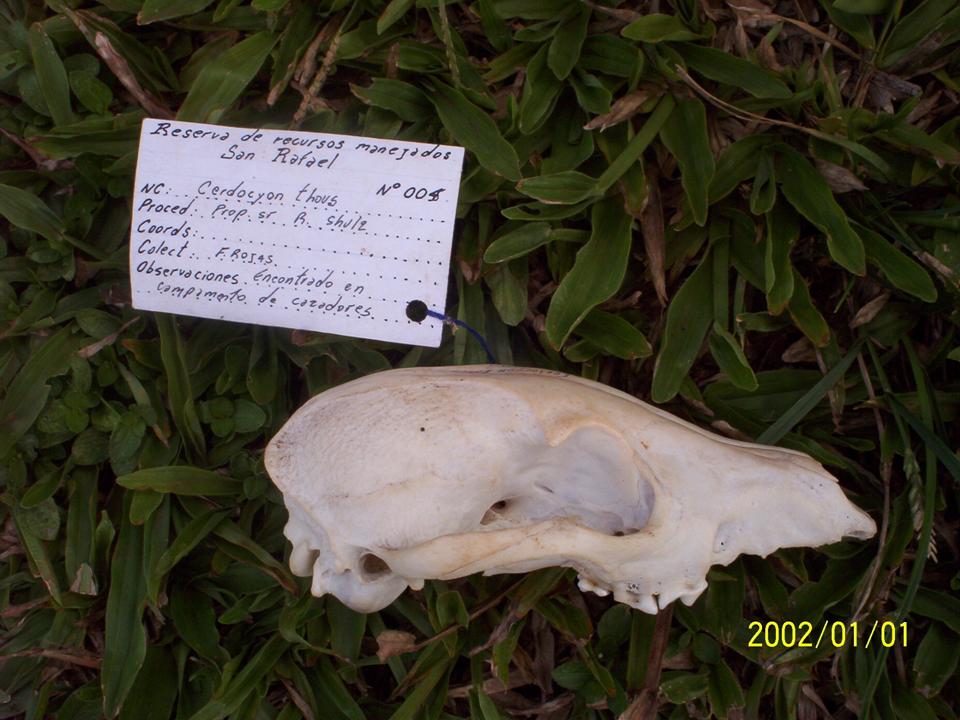
|
|
LATERAL
|
|
Crab-eating Fox Cerdocyon thous
DORSAL (FPMAM389PH); LATERAL (FPMAM388PH)
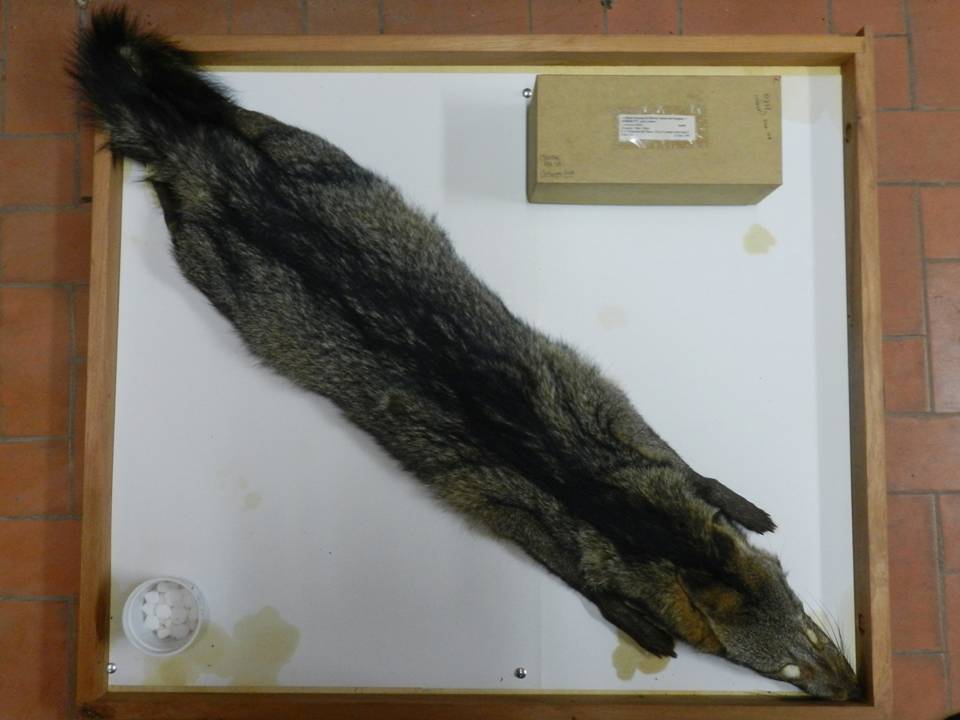
|
|
MNHNP 0777 DORSAL
|
|
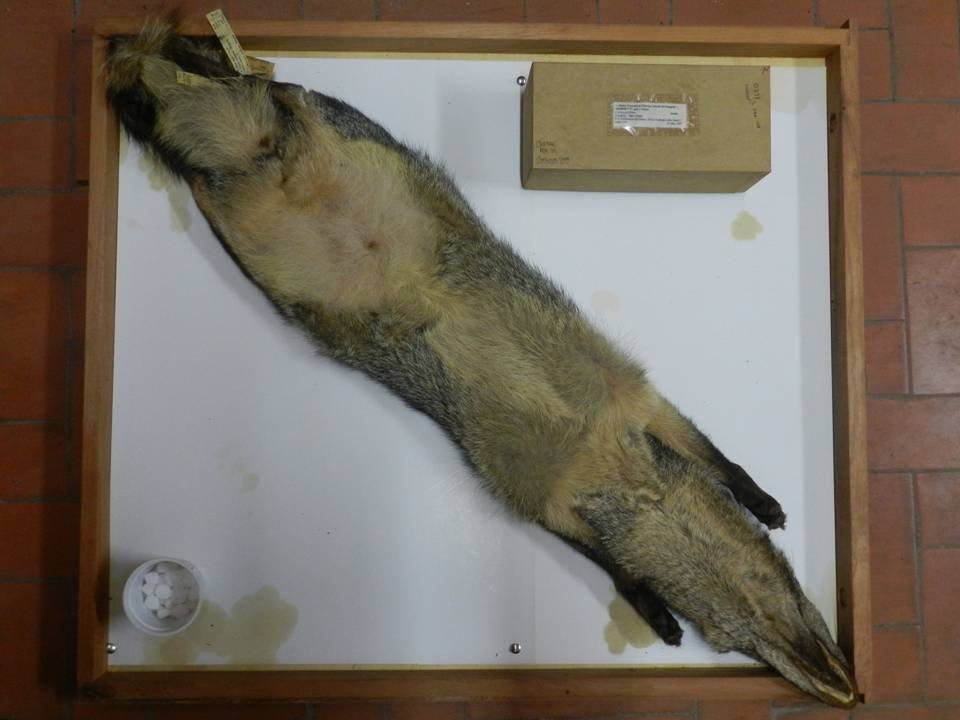
|
|
MNHNP 0777 VENTRAL
|
|
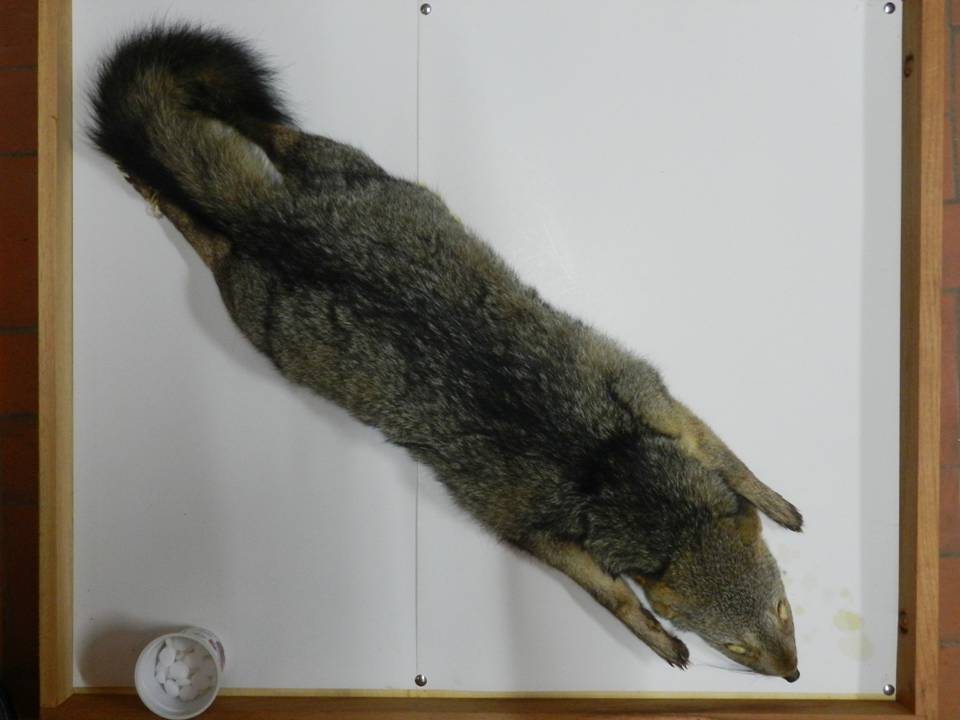
|
|
MNHNP 0776 DORSAL
|
|
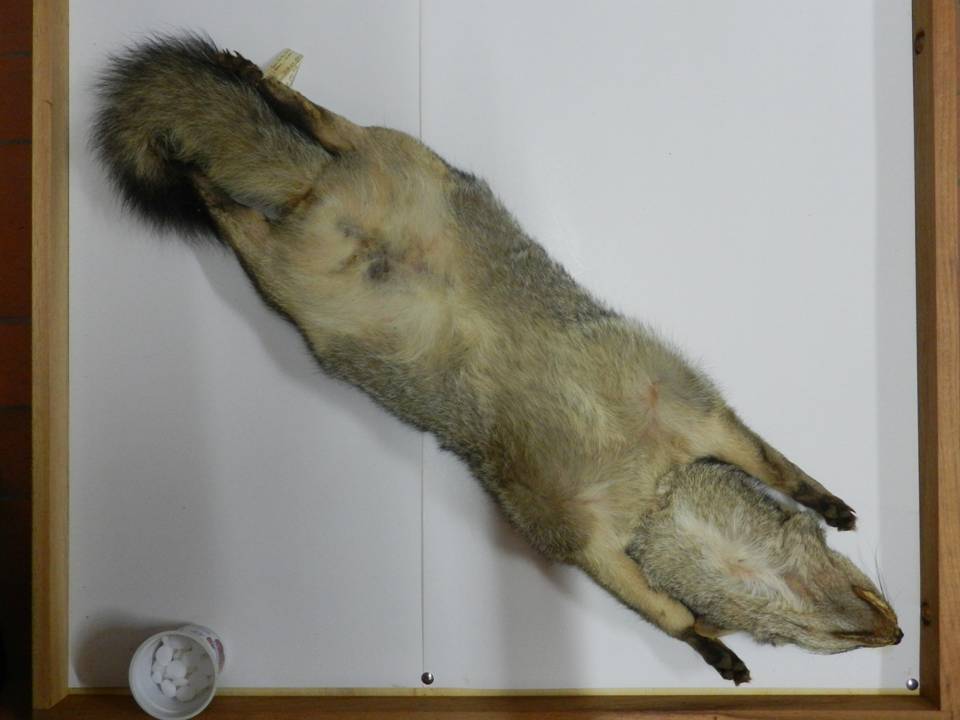
|
|
MNHNP 0776 VENTRAL
|
|
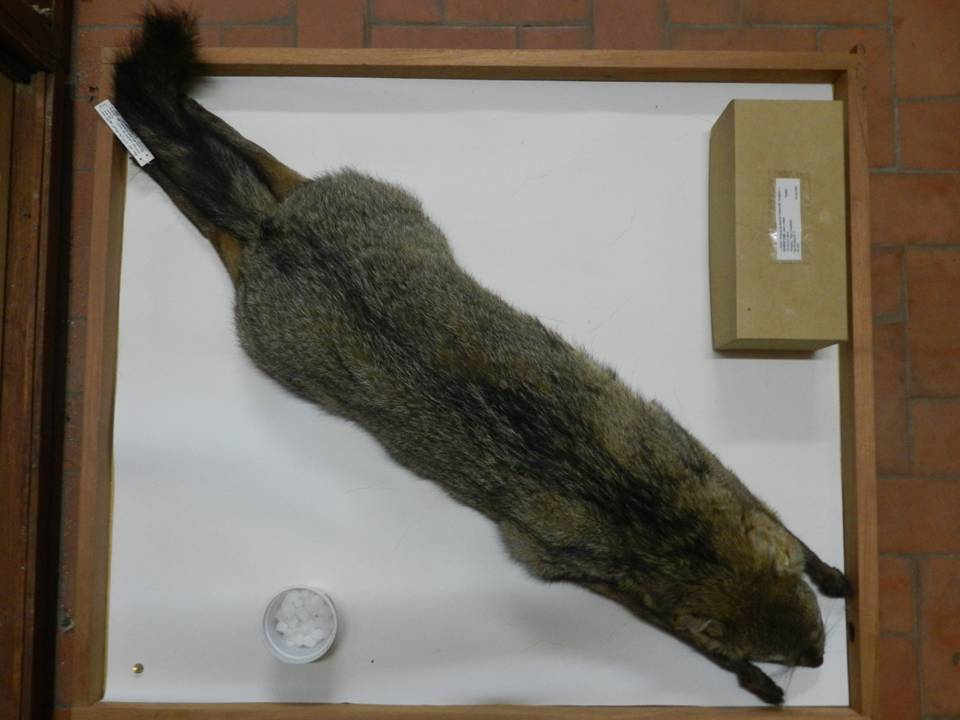
|
|
MNHNP 1180 DORSAL
|
|
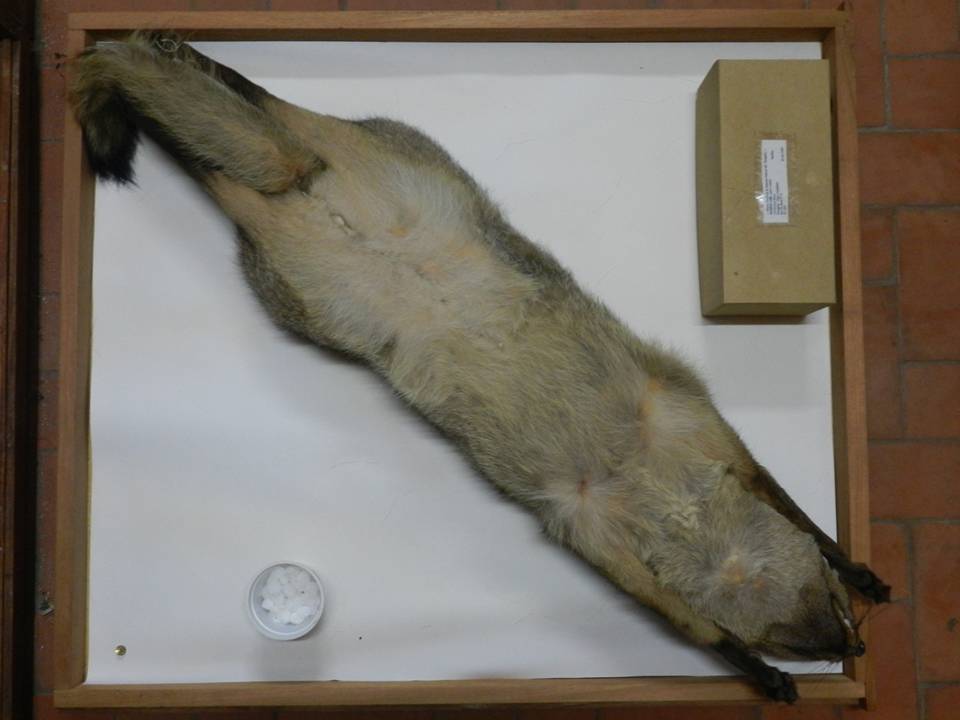
|
|
MNHNP 1180 VENTRAL
|
|
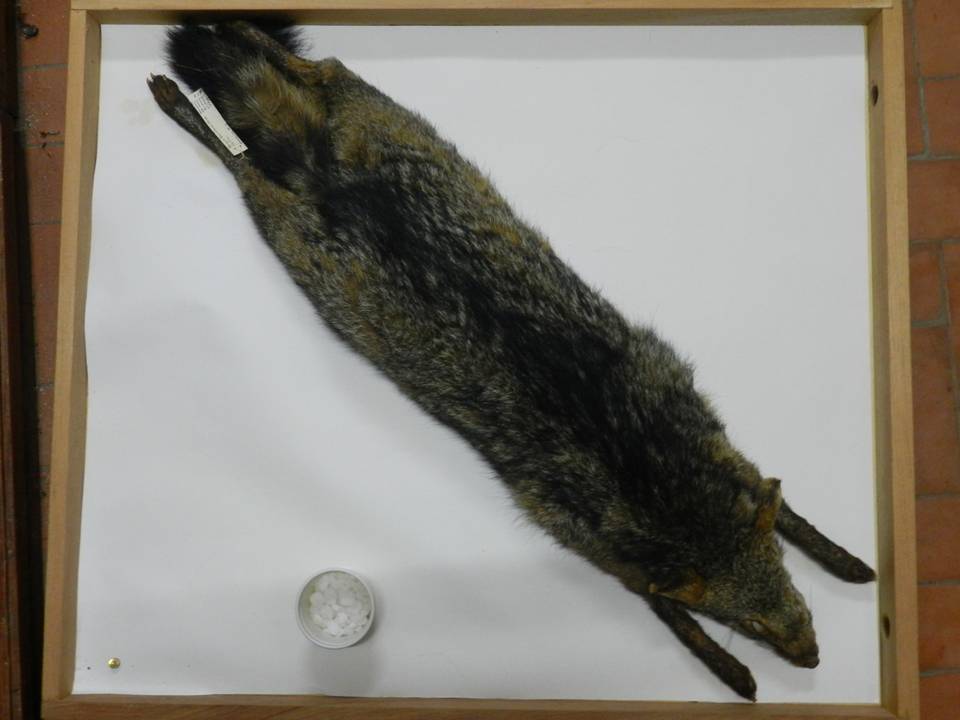
|
|
MNHNP 0781 DORSAL
|
|
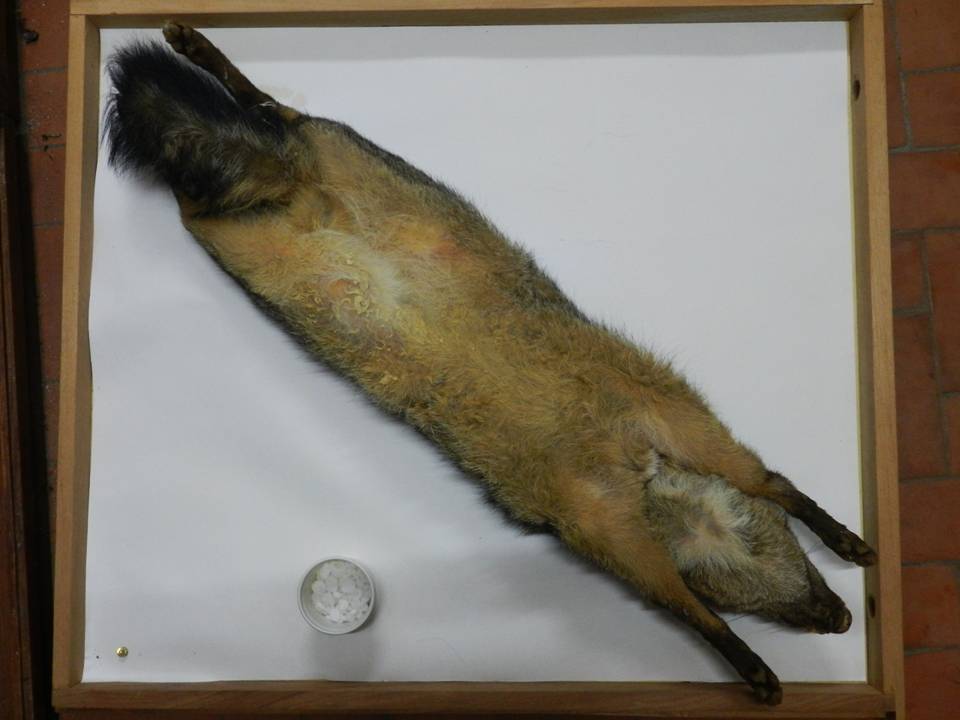
|
|
MNHNP 0781 VENTRAL
|
|
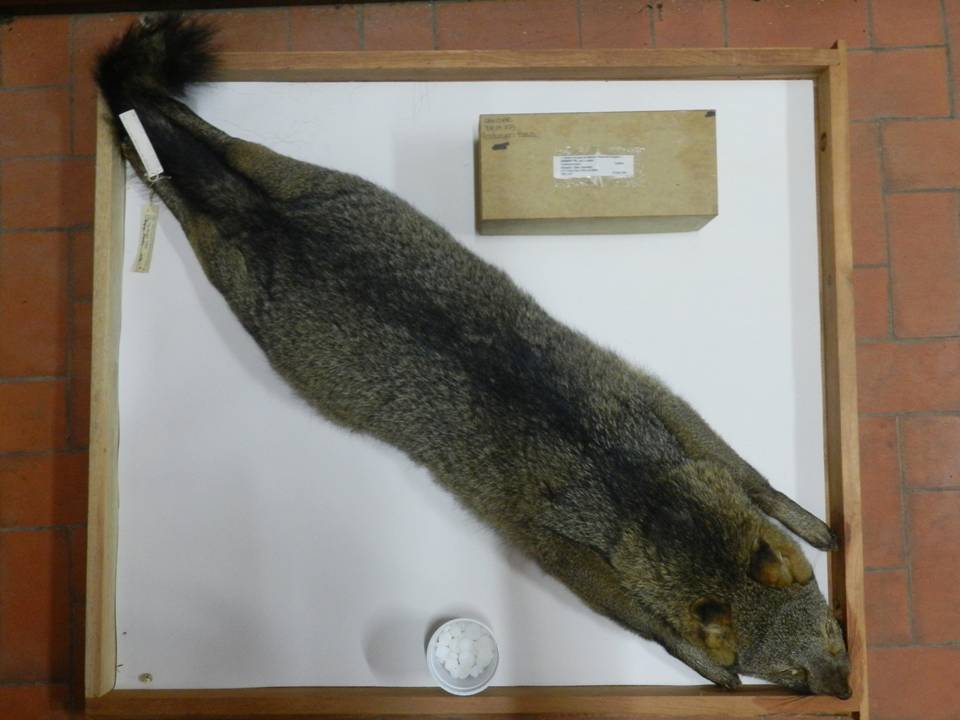
|
|
MNHNP 0778 DORSAL
|
|
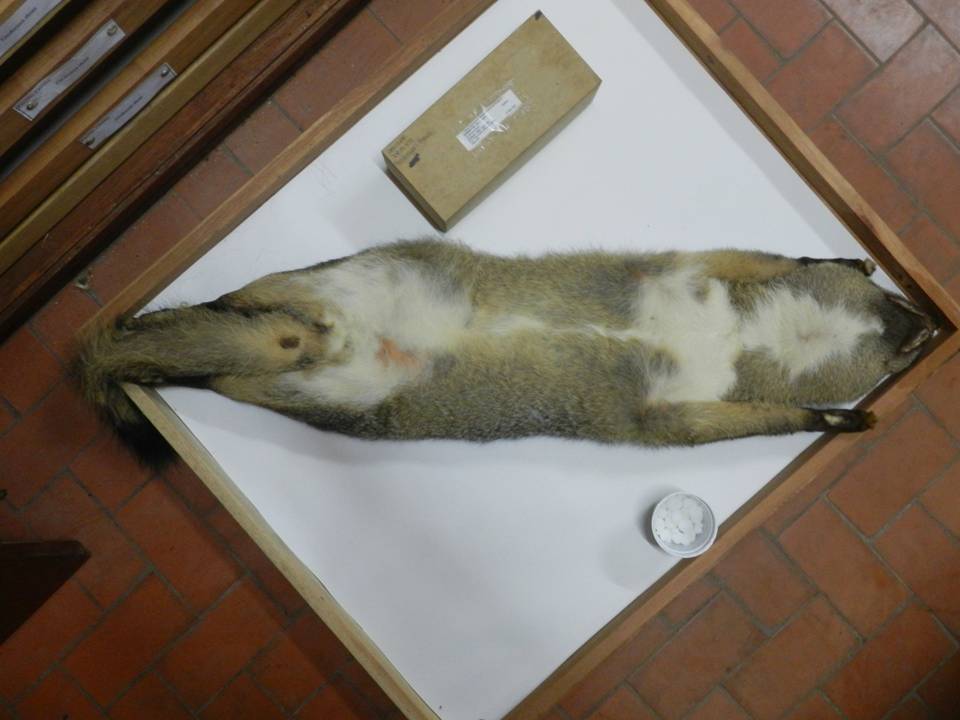
|
|
MNHNP 0778 VENTRAL
|
|
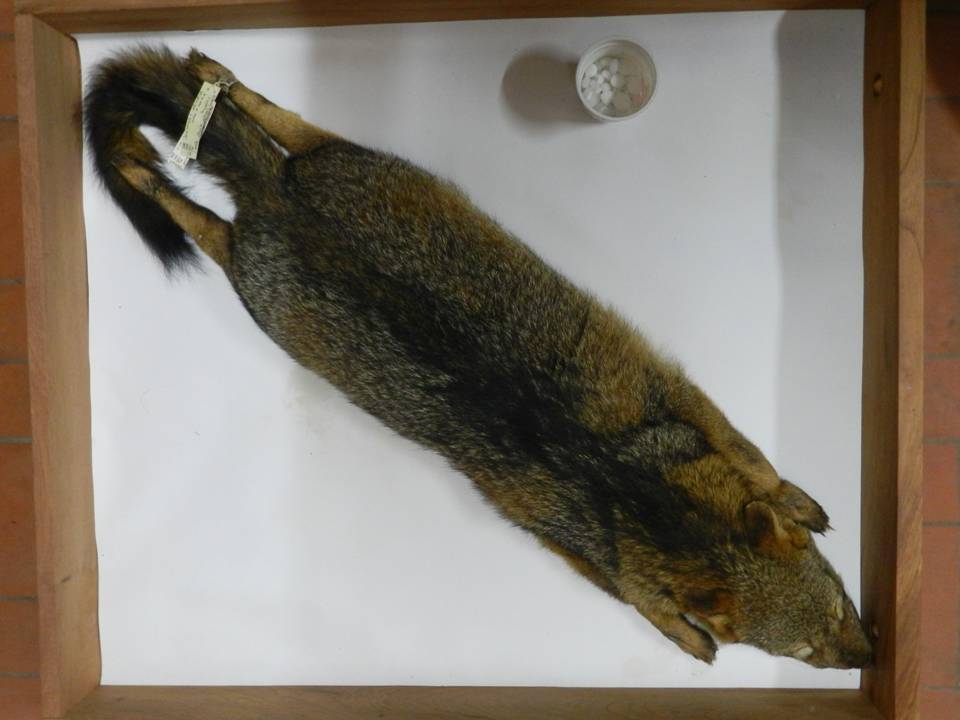
|
|
MNHNP 0774 DORSAL
|
|
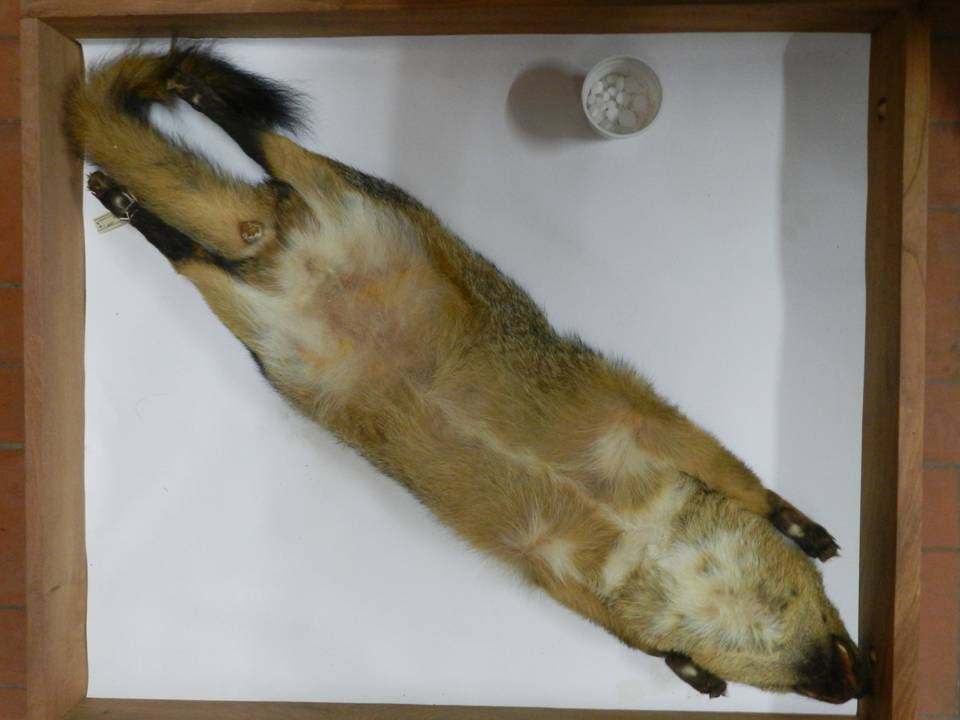
|
|
MNHNP 0774 VENTRAL
|
|
Gallery 2 - Variation in Cerdocyon thous
Considerable variation in pelage colour can be observed in Crab-eating foxes, especially in terms of the amount of reddish colouration is present on the head and shoulders and in ventral colouration. Specimens from the cerrado zone of northeastern Paraguay are distinctly more reddish above and buff-coloured below and may be attributable to the subspecies azarae (Wied) which is distributed mainly to the north through central Brazil. Chaco specimens are typically darker and greyer above, often more robust and attributable to the subspecies entrerianus (Burmeister) which is dsitributed mainly to the south through Argentina and Uruguay. Note that whilst a common "quick fix" for distinguishing between the two fox species recorded in Paraguay is the black legs in this species, this too is a variable character and some specimens (eg MNHNP 0774) do not show black legs at all. (Photos Sergio Rios)
MNHNP 0777 - (FPMAM1130PH) PN Defensores del Chaco, Dpto Alto Paraguay
MNHNP 0777 - (FPMAM1131PH) PN Defensores del Chaco, Dpto Alto Paraguay
MNHNP 0776 - (FPMAM1132PH) Aguadulce, Dpto Alto Paraguay
MNHNP 0776 - (FPMAM1133PH) Aguadulce, Dpto Alto Paraguay
MNHNP 1180 - (FPMAM1134PH) Caacupé, Cordillera
MNHNP 1180 - (FPMAM1135PH) Caacupé, Cordillera
MNHNP 0781 - (FPMAM1136PH) PN Cerro Corá, Dpto Amambay
MNHNP 0781 - (FPMAM1137PH) PN Cerro Corá, Dpto Amambay
MNHNP 0778 - (FPMAM1138PH) PN Cerro Corá, Dpto Amambay
MNHNP 0778 - (FPMAM1139PH) PN Cerro Corá, Dpto Amambay
MNHNP 0774 - (FPMAM1140PH) PN Cerro Corá, Dpto Amambay
MNHNP 0774 - (FPMAM1141PH) PN Cerro Corá, Dpto Amambay

